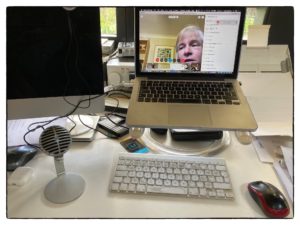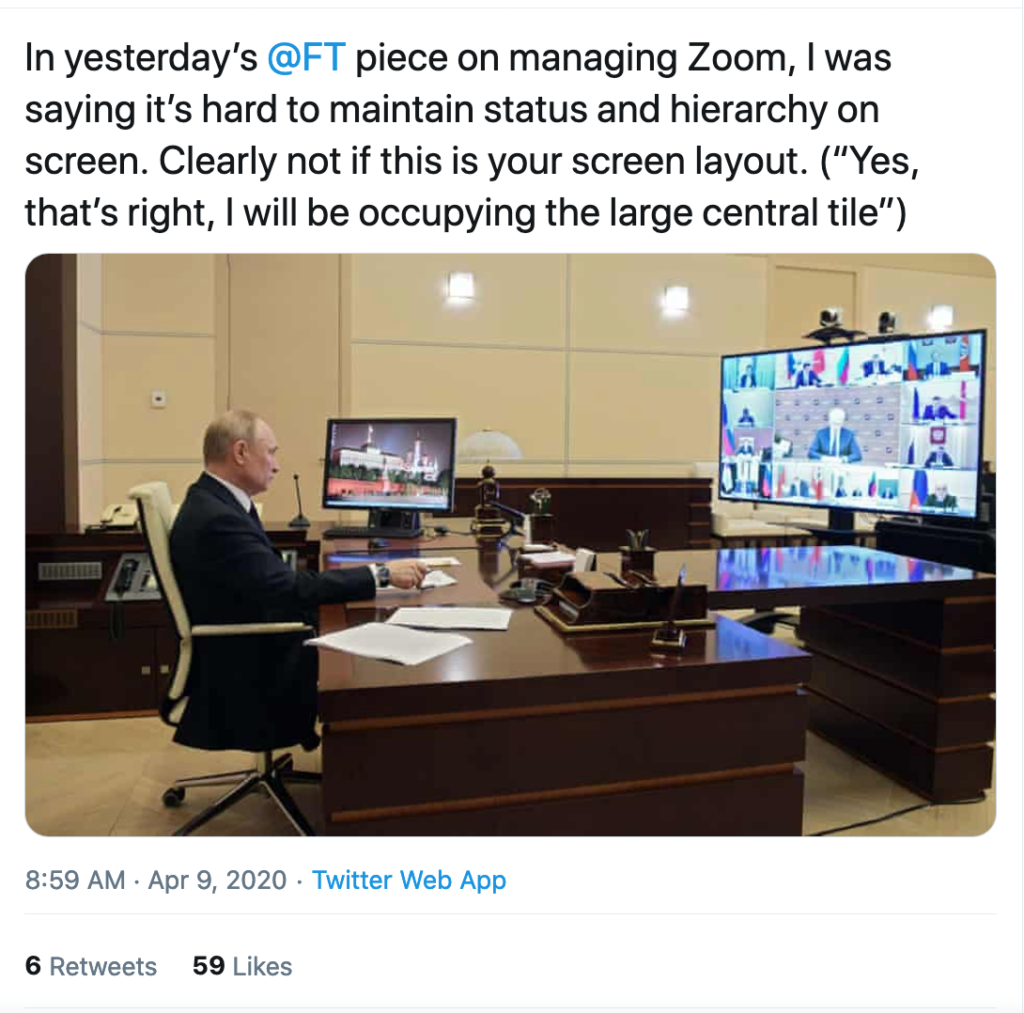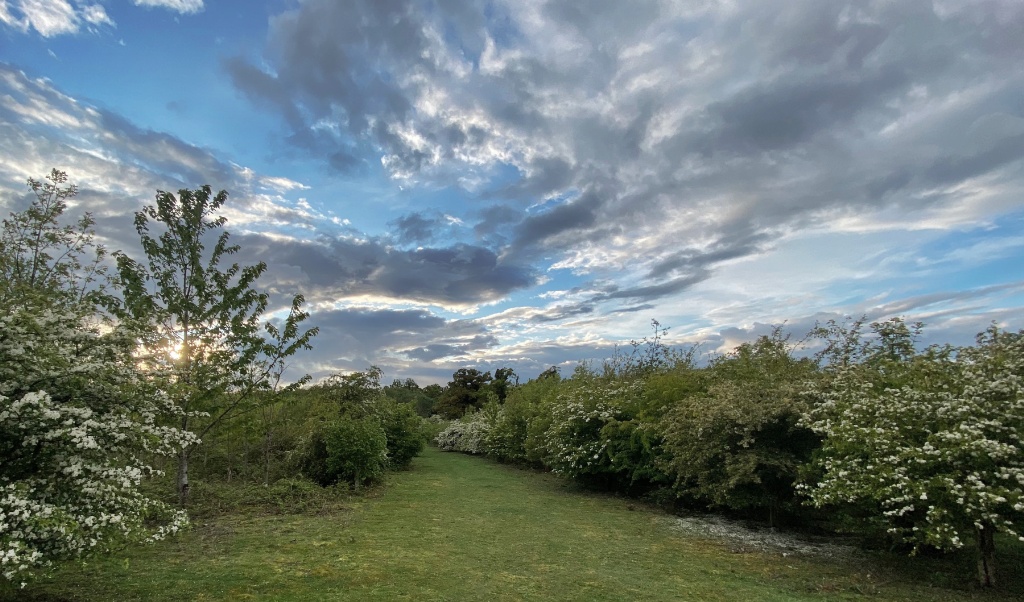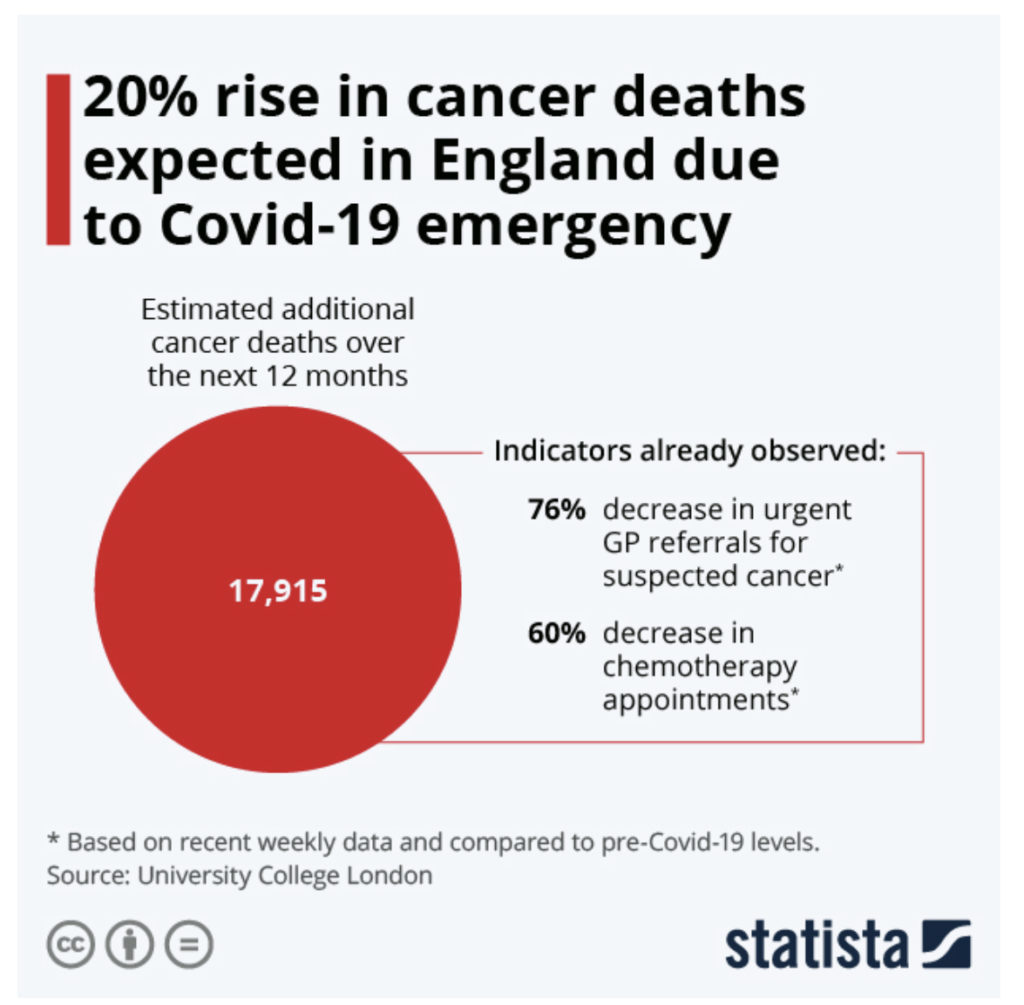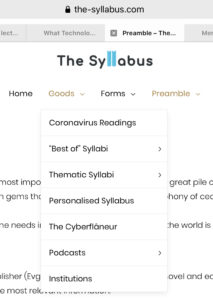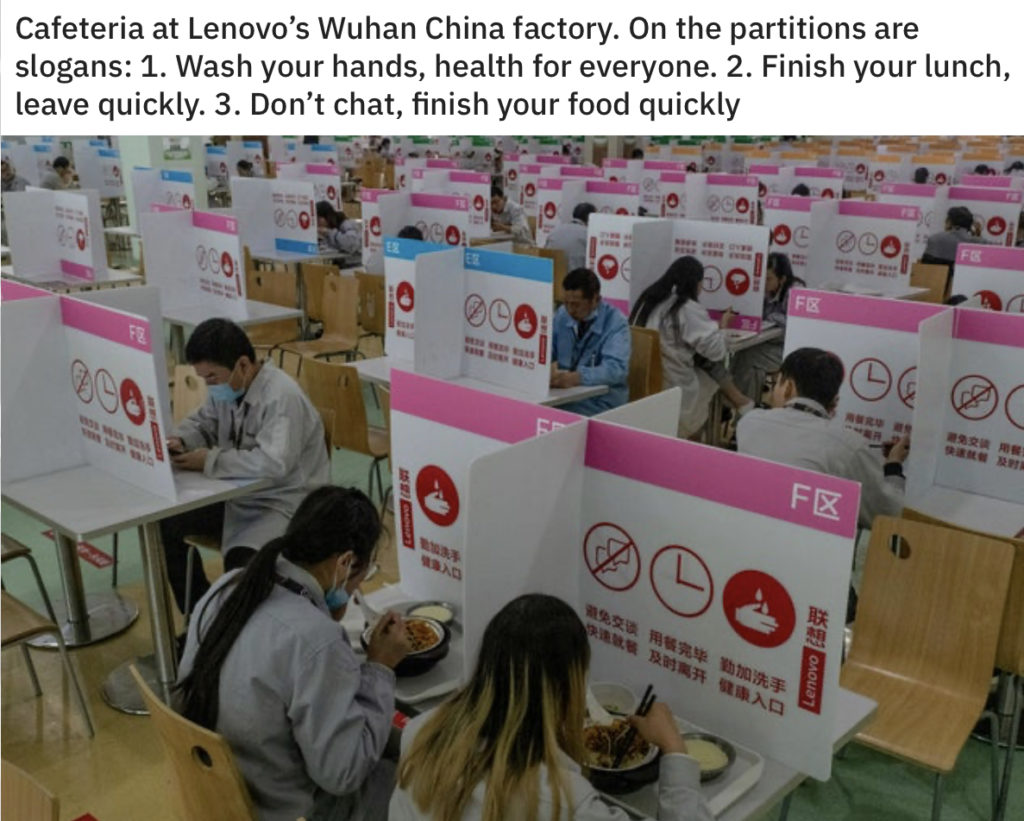Quote of the Day
“In the future it will be as rude to talk with someone publicly with your mask off as it would be with your pants down. Future porn will be people talking without masks in public places.”
XKCD on the virus’s view of us humans
Well, you have to laugh, sometimes. But it’s still a reflection on the fact that a tiny microbe about a micron in diameter could turn our entire world upside down.
Governments won’t determine how the return to work happens: people will
That’s because people are really scared about the risk of infection and worried about whether workplaces will be safe.
Here’s why they’re right to be worried. Humanity has never faced a pathogen like this. And we don’t yet understand the half of it.
Tim Bray on blogging
He has a set of sensible rules, some of which I really like. This one for example:
Write For Yourself: Don’t try to guess what people want to read; you’re the only person whose interests you really understand. In particular, don’t thrash around trying to appeal to a larger audience; the only surefire way is pictures of celebrity breasts, and the world already has enough.
He’s been blogging since 2003. More than a million words, he says, and I believe him.
Tim has just resigned as VP and Distinguished Engineer at Amazon Web Services — on principle. Read his blog post explaining why he took this step.
How to screw up
Setting up the email version of this blog last night, I meticulously checked all the links and then hit ‘Publish’ without noticing that the title said “Tuwsday” instead of Tuesday!
Growl. And apologies.
What lay behind the ‘Yes, Minister’ TV series
Lovely set of reflections by Anthony Jay on how he and his co-author, Jonathan Lynn, came to write my second-favourite TV comedy series, Yes, Minister. (My all-time favourite is John Cleese’s and Connie Booth’s Fawlty Towers.)
Clearly this conflict of policies [between a Minister and his or her civil servants] comes into sharpest focus in the persons of the Cabinet Minister and his Permanent Secretary, and it suddenly came to me that this relationship, if taken to its extreme, had all the ingredients of a classic situation comedy: two people whose background, ambitions and motivations pull them in diametrically opposite directions, but who are held together because of their deep dependence on each other. It is the heart of every husband-and-wife sitcom, and of one of my favourite of all comedies, Steptoe and Son, which I always saw as a husband-and-wife comedy in disguise.
The relationship has two further features to commend it. In the first place, it lets the viewer into a private world, and one which he is highly unlikely to experience directly. There is a considerable bonus for a comedy if it has a documentary dimension, and the reason I enjoyed Porridge more than Going Straight was precisely and only because of the additional information and insights into the (literally) closed world of prisons that the first series provided. In the same way, Dad’s Army gave extra joy by the little documentary touches that recreated the minutiae of life during World War Two. And second, comedy also has an extra appeal – at least for Jonathan Lynn and me – when it is actually about something, in the sense that Butterflies and The Good Life are about something.
Worth reading in full.
A message from — of all people — George W. Bush
By comparison with Trump he sounds like a combination of Pope Francis and Abe Lincoln. I never thought I’d feel nostalgia for Dubya. But then I cure myself by thinking of Dick Cheney.
The cancer in the camera lens
Utterly fabulous essay on Trump by David Roth. Here’s how it begins:
In close up, on television, at a glance, with the volume down, Donald Trump can from time to time look like a president. That effect becomes less convincing the more you pay attention, though. Even under professional lighting, Trump reliably looks like a photographic negative of himself; on his worse and wetter days, he has the tone and texture of those lacquered roast ducks that hang from hooks in Chinatown restaurant windows. The passing presidentiality of the man dissipates utterly in longer shots, where Trump can be seen standing tipped oddly forward like a jowly ski jumper in midair, or mincing forward to bum-rush an expert’s inconvenient answer with an incoherent one of his own, or just making faces intended to signal that he is listening very strongly to what someone else is saying. (These slapdash performances of executive seriousness tend to have the effect, as the comedian Stewart Lee once said of James Corden, of making Trump look like “a dog listening to classical music.”) Seen from this long-shot vantage, the man at the podium is unmistakably Donald Trump—uncanny, unknowing, upset about various things that he can’t quite understand or express.
It gets even better. Unmissable.
Human Capitalism
The film-maker Sheila Hayman has a lovely essay on Medium about the ways the Coronavirus lockdown reveals both human potential and the kinds of meaningful work that actually needs doing.
Before
So, right before Covid-19, what did we have? A world in which over a third of us were doing crappy jobs, which made us sick, and whose defining characteristics were overwhelmingly, lack of agency and lack of reward — in all its forms.
Jobs which, according to yet another YouGov poll, 37% of us said were ‘not making a meaningful contribution to the world’.
After
But what has the lockdown actually produced? A massive, spontaneous, bottom-up geyser of human ingenuity, creativity, enterprise, initiative, dedication and love, all lying unsuspected and untapped as its owners trekked day after day to those bullshit jobs — jobs which overwhelmingly involve a nasty commute to eight hours in front of a screen, or managing the dehumanisation of colleagues — or more often, both.
On the other hand, our isolated elderly need befriending, our streets need greening, our air needs cleaning, our diet needs improving and our children need company and attention. These are needs as great as the jobs we’re not doing, if not more so.
This is human capital: the capacity, imagination, love and organisational ability we all carry within us, just by being alive. Moreover, at least in my experience, it effortlessly obliterates the other great stranglehold of British society: I have literally no idea whether my colleagues in the local Covid-19 WhatsApp group are working class, upper middle class, or aliens with green antennae. Capability and common sense prevail, hierarchies are meaningless, and we all happily go along with whatever seems to work best.
Yep. Worth reading in full.
Quarantine diary — Day 46
This blog is also available as a once-a-day email. If you think this might work better for you, then why not subscribe? One email a day, delivered to your inbox at 7am UK time. And there’s a one-click unsubscribe if you think that your inbox is full enough already!

